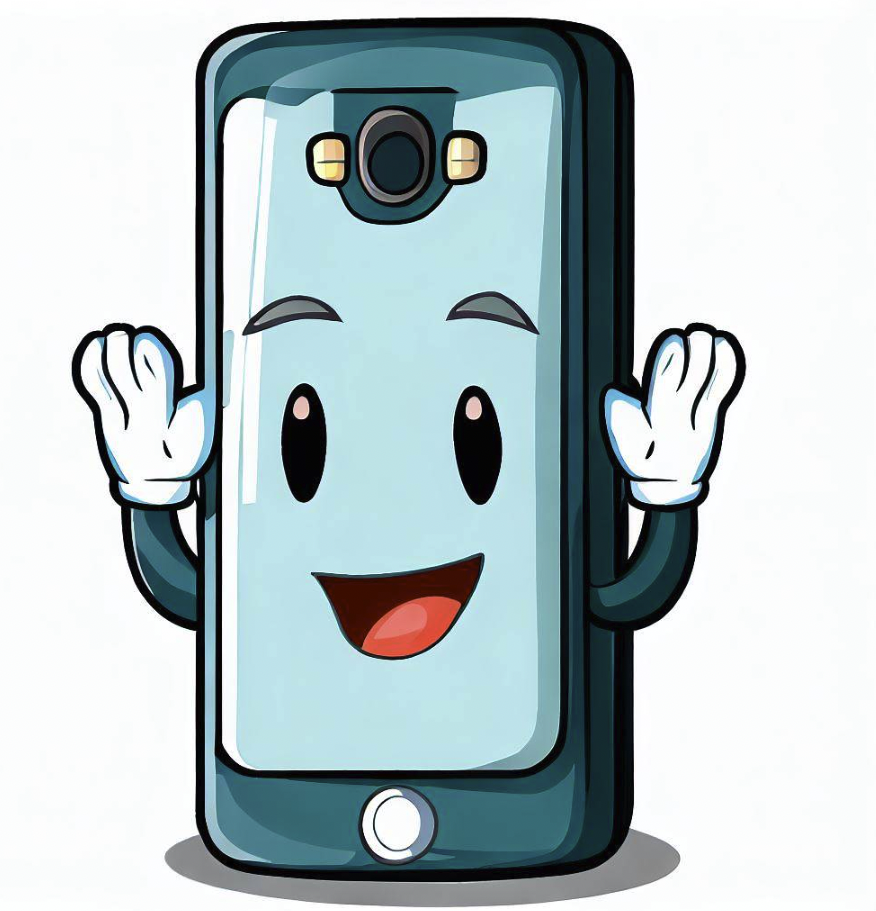The history of cell phones is a testament to the rapid pace of technological advancements in the modern era.
From bulky handheld devices to sleek smartphones with powerful capabilities, cell phones have undergone a remarkable transformation over the past few decades.
Below we look into the historical journey of cell phones, tracing their evolution and highlighting the key milestones that have shaped their development.
Table of Contents
The Inception of Mobile Communication
In the early stages, mobile communication was primarily facilitated through wireless telephones installed in vehicles.
These devices were quite large and expensive, making them accessible to a limited section of the society.
The concept of a truly portable phone began to take shape in the 1970s.
The First Mobile Phone
The first mobile phone was invented by Martin Cooper, an engineer at Motorola, in 1973.
This device, known as the Motorola DynaTAC, was a bulky handheld phone that allowed for wireless communication.
It marked the beginning of a new era in mobile communication, paving the way for further innovations in the field.
The 1980s and 1990s: The Era of Cellular Networks
During the 1980s and 1990s, the development of cellular networks facilitated the widespread adoption of mobile phones.
These networks allowed for more reliable and efficient communication, making mobile phones a viable option for the masses.
The Advent of 1G Networks
The 1980s saw the introduction of the first generation (1G) of cellular networks.
These analog networks enabled voice communication over wireless channels, making it possible to make and receive calls without the need for wired connections.
The Transition to 2G Networks
The transition to second-generation (2G) networks in the 1990s marked a significant milestone in the history of cell phones.
2G networks introduced digital communication, which allowed for more secure and clear voice transmission.
Additionally, 2G networks introduced the concept of SMS (Short Message Service), enabling text messaging between mobile phones.
The 2000s: The Birth of Smartphones
The 2000s marked the beginning of the smartphone era, with the introduction of mobile phones equipped with advanced features and capabilities.
The Launch of the First Smartphone
The first smartphone, the IBM Simon, was launched in the early 1990s.
However, it was in the 2000s that smartphones began to gain popularity, with the launch of devices like the Nokia 7650 and the BlackBerry smartphones, which offered features like email access and internet browsing.
The iPhone Revolution
In 2007, Apple launched the first iPhone, a device that revolutionized the mobile phone industry.
The iPhone introduced a touchscreen interface and a host of other advanced features, setting a new standard for mobile phone technology.
The 2010s and Beyond: The Age of Connectivity
In the 2010s, cell phones evolved into powerful computing devices, capable of performing a wide range of tasks.
The development of high-speed internet networks, such as 4G and later 5G, facilitated the growth of mobile internet usage, making it possible to stream videos, play games, and access a wide range of online services through mobile phones.
The Rise of Mobile Applications
The 2010s also saw the rise of mobile applications, with app stores offering a plethora of apps for various purposes, from social networking to productivity and entertainment.
The Future of Cell Phones
As we move forward, cell phones are expected to continue evolving, with advancements in technology bringing new features and capabilities.
The integration of artificial intelligence, augmented reality, and other cutting-edge technologies are set to shape the future of mobile phones, making them even more integral to our daily lives.
History Of Cellphones And How Drastically They’ve Changed
FAQs – History of Cell Phones
1. When was the first cell phone invented?
The first cell phone was invented in 1973. Martin Cooper, an engineer at Motorola, is credited with its invention.
He made the first mobile phone call on April 3, 1973, to his rival at Bell Labs, Joel Engel.
2. What was the name of the first commercially available cell phone?
The first commercially available cell phone was the Motorola DynaTAC 8000X. It was released in 1983.
Often referred to as the “brick phone,” it was quite large and heavy compared to today’s sleek designs.
3. How has the design of cell phones evolved over the years?
The initial cell phones were large and cumbersome. By the 1990s, they became smaller and more portable.
The 2000s saw the introduction of flip phones and sliding phones. With the advent of smartphones in the late 2000s, touchscreens became the norm.
Today, we have slim, lightweight phones with edge-to-edge displays and multiple cameras.
4. When did the transition from analog to digital cell phones occur?
The transition from analog to digital cell phones began in the early 1990s.
Digital cell phones offered better sound quality, security, and battery life. They also introduced features like text messaging and voicemail.
5. Which was the first smartphone, and what made it “smart”?
The IBM Simon Personal Communicator, released in 1994, is considered the first smartphone.
It combined the functions of a cell phone with features of a PDA. Users could make calls, send faxes, emails, and maintain contacts and appointments.
6. How did the introduction of the iPhone change the cell phone industry?
The iPhone, introduced in 2007 by Apple, revolutionized the cell phone industry.
It introduced a user-friendly interface with a multi-touch screen.
The App Store concept allowed third-party developers to create applications, leading to an explosion of mobile apps.
The iPhone set new standards for smartphone design and functionality.
7. What role did 3G, 4G, and 5G play in the evolution of cell phones?
3G, introduced in the early 2000s, allowed for faster data transfer and introduced video calling.
4G, introduced in the late 2000s, brought even faster data speeds, high-definition mobile TV, and enhanced gaming experiences.
5G, the latest generation, promises ultra-fast speeds, lower latency, and the ability to connect more devices simultaneously.
8. How have cell phones impacted society and culture?
Cell phones have profoundly impacted communication, making it instant and global.
They have changed the way we work, play, and socialize.
With the rise of social media, cell phones have played a role in shaping global movements and trends.
They have also raised concerns about privacy, security, and the potential for addiction.
9. What are some of the major milestones in cell phone battery technology?
The initial cell phones used Nickel-Cadmium (NiCd) batteries, which had a “memory effect” and needed regular discharging.
Nickel-Metal Hydride (NiMH) batteries, introduced in the 1990s, had a longer life and no memory effect.
The 2000s saw the rise of Lithium-Ion (Li-Ion) and Lithium-Polymer (Li-Po) batteries, which are lighter, have a higher energy density, and are now standard in most cell phones.
10. What might the future of cell phones look like?
The future of cell phones may include foldable or rollable screens.
Augmented Reality (AR) and Virtual Reality (VR) might become standard features.
With advancements in AI, phones could become even more personalized and predictive. We might also see more integration of cell phones with other smart devices and wearables.


